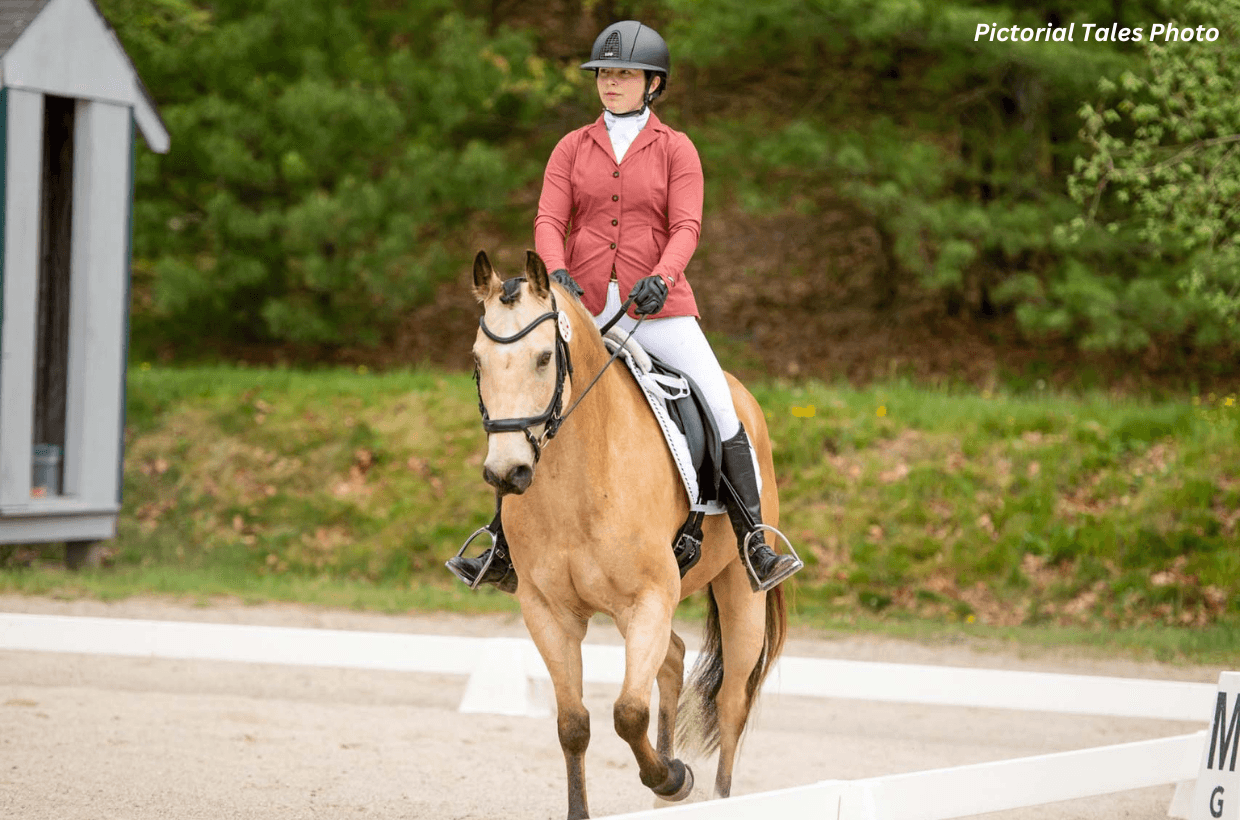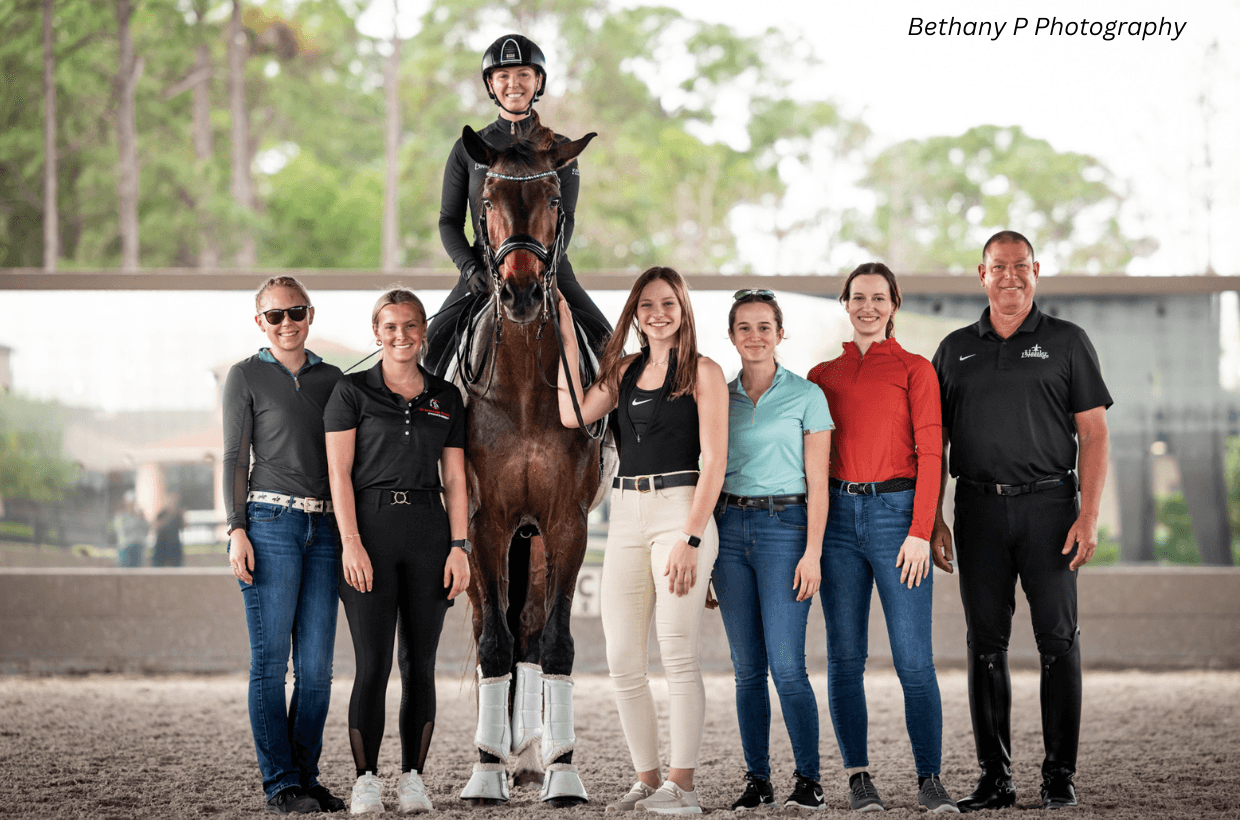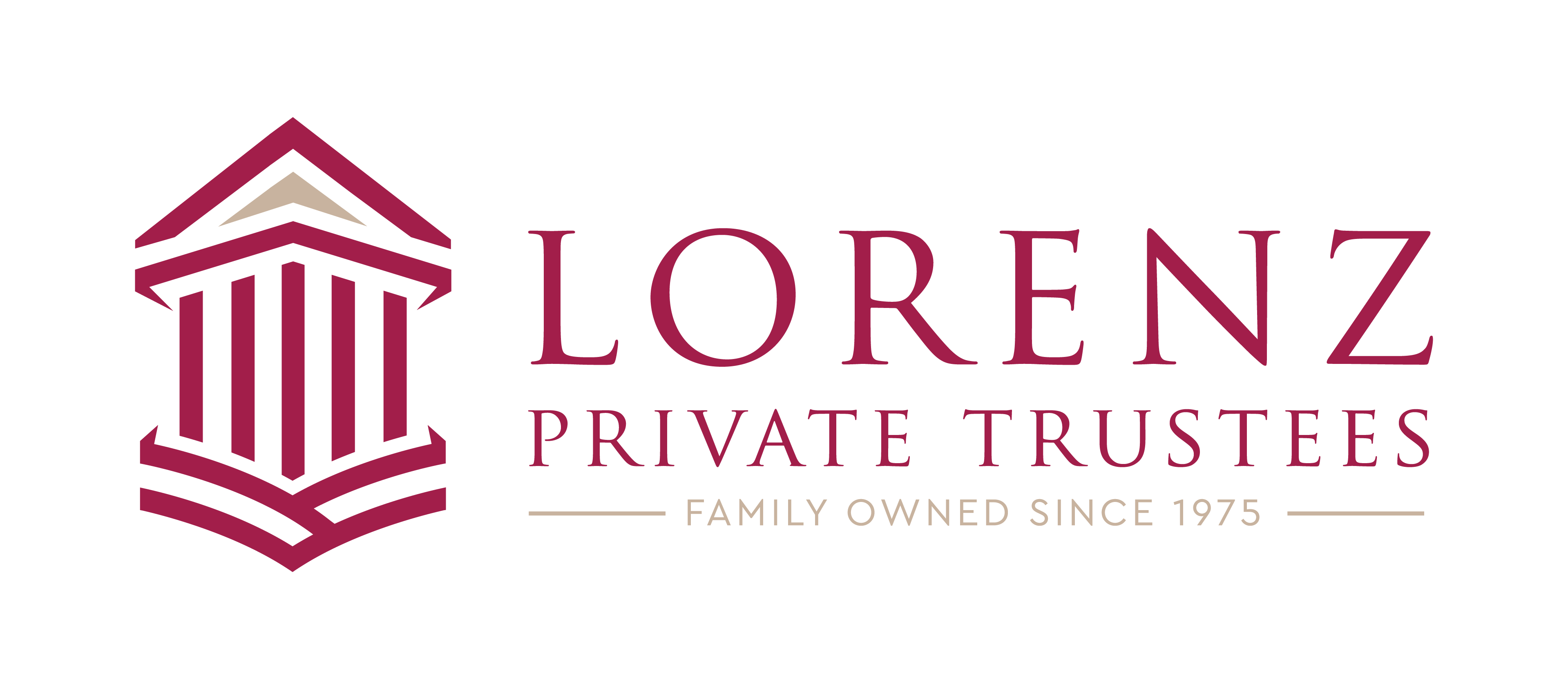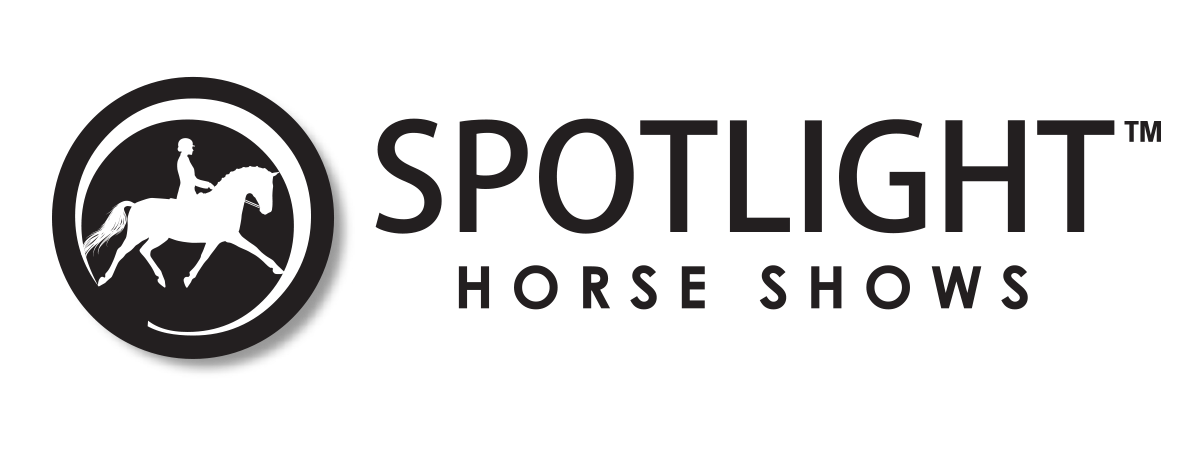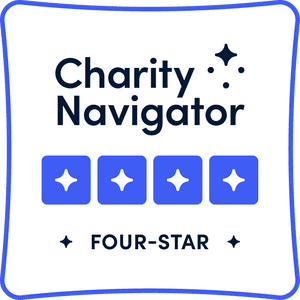
(Photo Credit to Carolyn Bunch)
My week with Sarah Martin did not go as I had planned at all.
The Carol Lavell Gifted Memorial Fund Grant was awarded to me in November 2014, at a time when I was just finishing up an exciting and successful show season at Training Level with my self-started 6-year-old Zweibrücker mare, Wintessa (“Tess”). We’d won our local Schooling Show Championship, performed really well at our USDF Region 4 Championship, and had won a Reserve Champion USDF All-Breed Award from our breed association, the Rheinland-Pfalz-Saar International (RPSI).
I was so excited to use this grant toward a week of intense training with Grand Prix trainer Sarah Martin at her facility in Blanca, Colorado. My goals were to solidify our transition into First Level throughout the winter, and visit with Sarah in the summer of 2015 to really examine our Second Level work and perhaps introduce Tess to flying changes.
What I didn’t count on, however, was that my progression with Tess over the winter would not be nearly as straight-forward as I’d hoped. As we moved out of Training Level, our work became more uphill and more nuanced, with a greater degree of contact and self-carriage—and Tess objected. She argued with me on a regular basis, and our winter became filled with tension, evasion of the contact, out-of-character spooking, “mareish” behavior, and a gradual dulling response to the aids. Eventually, we had lost our forward, and asking for a canter transition usually got me a kick out behind. I did my best to ride tactfully and make each “ask” considerate and kind, but I grew to feel like the mother of a cranky teenager who just did NOT want to come out of her room, thankyouverymuch.
Meanwhile, Sarah Martin announced a new local training opportunity—she was coming to my area in Nebraska for a week, offering the same sort of in-depth, 6-day training experience I would have in Colorado. The Dressage Foundation’s grant committee graciously allowed me to change my plans so that I could take advantage of this local opportunity, training with Tess for 6 days but also shadowing Sarah as she worked with other local riders all week long.
This turned out to be extremely beneficial for me and Tess at this precise moment in our journey. I had spent all spring investigating and ruling out any physical influences that could have been affecting Tess’s attitude and behavior—vet exams, chiropractic adjustments, acupuncture, dental work, saddle fitting. No luck. By the time Sarah arrived, it was really wonderful to get her opinion without having the added variables that come with traveling away from home.
From Day 1, Sarah could see that there was something causing Tess to shut down. We spent some time allowing Tess to explore the arena (and her own body) on a loose rein at all gaits while I remained 100% neutral in the saddle. This helped us gauge her level of mental involvement with us, but also allowed us to truly isolate the moment when she started to “quit.” We learned that she objected to the very idea of turning from the rein, wanting to resist immediately. So we turned from a tap on the shoulder or neck with the whip instead. This gave Tess nothing to pull or push against, and helped retrain her habit of resisting the rein.
By Day 2, we agreed there was still a strange resistance in her body we couldn’t quite pinpoint, and so we turned our attention to the saddle. There was nothing obviously wrong to us about the saddle fit, and I had just had a saddle fitter look at it, but Sarah felt confident that Tess’s actions were the result of discomfort in her back. So I swapped saddles with a friend that had a different tree style, and Sarah rode Tess for a few minutes, working to unlock the tight back muscles that didn’t want to move, and being clear with Tess about not being allowed to wrestle the reins. Tess improved dramatically, and I hopped on after Sarah. Tess felt like a completely different horse! It wasn’t perfect, but suddenly I had aids! I had forward! I had bend! I had a horse who could just halt and stand quietly without twisting her neck to avoid the contact. I knew that some of this was a result of Sarah so clearly communicating to Tess what I had been muddling up, but it was also clear that the saddle was going to make a big difference.
On Day 3 we started Tess in long lines, because we knew that we were going to have to do some rehab on Tess’s tight back. If the saddle had been bothering her all winter and spring (and I am not a small rider), it was no wonder she had shut down those muscles…as well as the cooperative part of her brain! As Sarah long-lined Tess, she expressed concern over just HOW shut down Tess was. She advised me to keep this in mind: Tess is not a particularly forgiving mare. She’s dominant and sensitive and delicate. And it was worth examining whether or not this was truly the right horse for me. This was a terribly difficult conversation for me to have, akin to asking me to consider giving up my own child. But I really appreciate Sarah’s honest appeal to me to evaluate my goals on a really truthful level. I think this is something we should all be doing as dressage riders and horse owners, to ensure we are being fair to our horses and ourselves, no matter how scary a conversation that might be.
Day 3’s work in the long lines was aimed at loosening the tight middle back muscles that Tess had been protecting. On Day 4, Tess came out immediately, noticeably better in that area! Sarah was surprised and relieved at the amount of progress we were making in such a short time. Days 4 and 5 both consisted of warming up in the long lines, asking for lots of bend and turns and transitions, allowing Tess to loosen up laterally while also bringing her frame more uphill and simplifying her responses to the rein aids. After long-lining, I would ride in my friend’s saddle and do a very short amount of mounted work. One of the things I really had to learn was that by the time I got in the saddle, Tess was already warmed up and in a working frame, so I needed to get right down to work so that I could dismount as soon as Tess was successful. Rehabbing her back AND brain is a top priority!
By Day 6’s under-saddle work, I was really concentrating hard on quieting and separating my aids. I’ve heard the term “separation of aids” for years but it didn’t truly register until my “Aha!” moment on Day 6. A simple question from Sarah switched a light bulb on in my head: “Why are you using a leg aid to get a rein response?” Ohhhh. I had been confusing and offending Tess by asking for things too many times in too many different ways. I needed to start being very clear in my brain: use a leg aid (once!) to get a leg response. Use a rein aid (once!) to get a rein response. Use a seat aid (once!) to get a seat response. Only once those responses were clear could I start to put them together sequentially for a more sophisticated conversation.
By the end of our last ride, Sarah was so pleased with our work, she forgot to tell us to halt on centerline. “I was just enjoying watching you go!” she laughed. Finally I felt like there was a light at the end of our tunnel.
Throughout the week, I shadowed Sarah as she went to a few different barns to work with other local riders. Having taken the whole week off work, I was able to devote all my time to this immersive learning experience. It was so valuable to follow other riders’ progress with their mounts throughout the week, and my notes from their sessions are going to be just as valuable to me as my notes on my own! I also had the opportunity to have great discussions with Sarah throughout the week, whether it was a one-on-one lunch, a group dinner, or a group theory discussion with educational video.
Since Sarah left, I have had a very thorough and enlightening session with a wonderful new saddle fitter, and I am confident we’ve found a saddle fitting solution that will put Tess in a place where she can succeed. I’ve continued the work Sarah and I started together, and Tess and I are already feeling more like a team than we ever did this winter.
I may not have enjoyed facing that conversation about whether Tess is the right horse for me, but I needed to have it. After my emotional rollercoaster of a week with Sarah and Tess, and after really examining my goals, I have concluded that Tess and I could be great together one day, and I am going to try my hardest to get us there. I’m not giving up on her—or on us—just yet.

